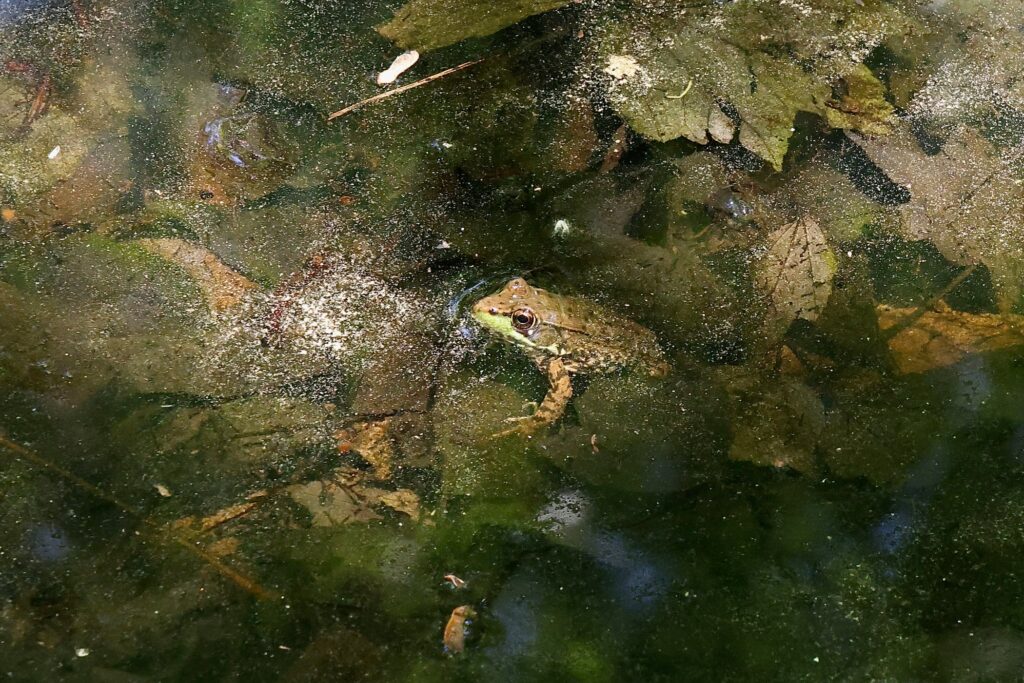From Philly and the Pa. suburbs to South Jersey and Delaware, what would you like WHYY News to cover? Let us know!
For more than 30 years, Connie Storz has kept an eye on an 80-acre parcel of woods next to the Keystone Elementary School in Croydon, Bucks County. As a school administrator, she had an interest in what was going on in Croydon Woods.
“This used to be a complete trash dump,” Storz said, walking through Croydon Woods Nature Preserve recently when its bare trees were beginning to emerge from winter.
“A lot of homeless, a lot of kids partying back here, and there was a lot of quad riding,” she said. “That was probably the worst, kids riding their quads back here. And motorcycles.”
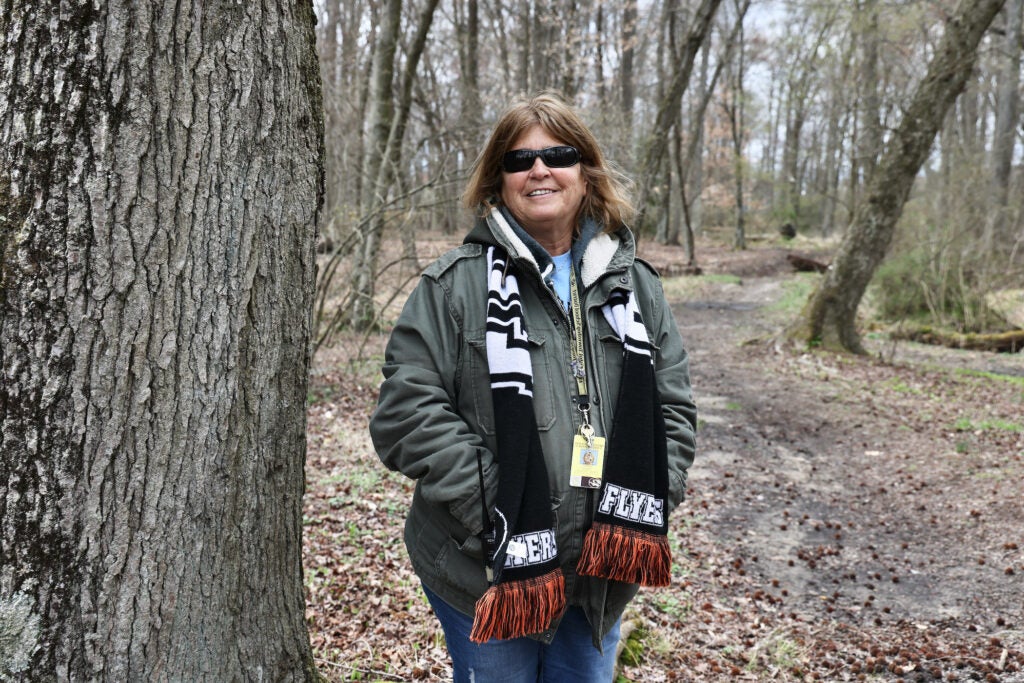
But public use of the woods has come a long way in the past three decades. As one of Pennsylvania’s last remaining coastal plain forests, Croydon Woods is home to frogs, beavers and owls. It sits along the Delaware River near Bristol and is thick with beech and magnolia trees, wild cinnamon ferns and small, endangered grasses.
It’s now maintained as a public green space by Heritage Conservancy, which recently received Gov. Josh Shapiro’s Award for Environmental Excellence for its restoration and management of Croydon Woods.
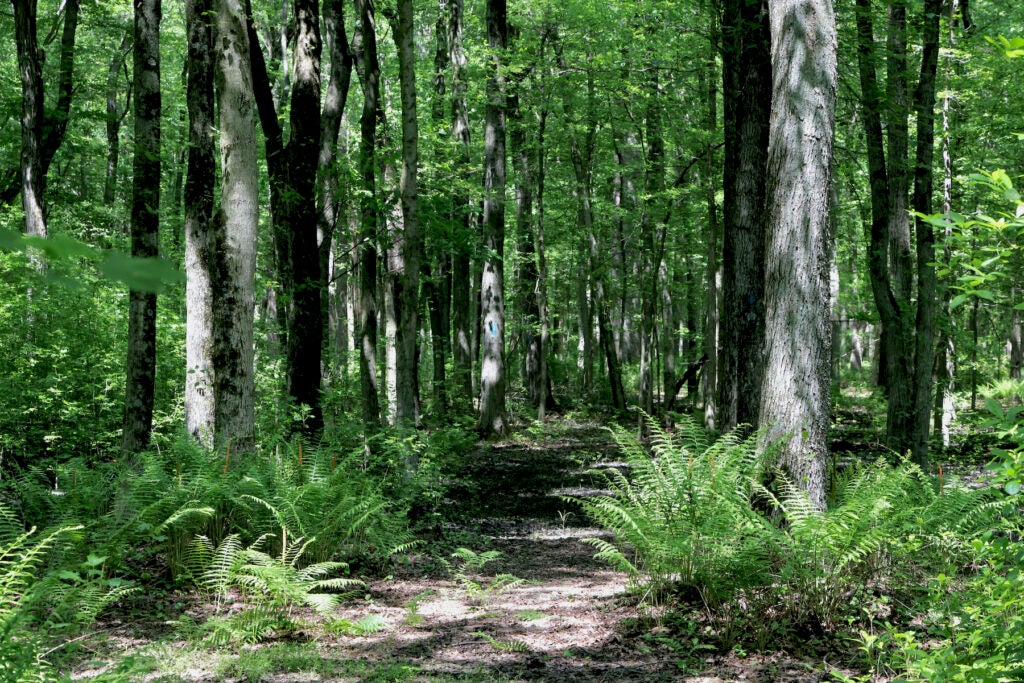
While it’s an urban oasis of greenery on its surface, Croydon Woods has a legacy of environmental pollution below. The area’s groundwater is contaminated with the carcinogen TCE, or Trichloroethylene. In 1986 the site was added to the federal list of toxic Superfund sites.
TCE is used in the manufacturing of refrigerants and cleaning solutions. Exposure to high concentrations of TCE can cause a long list of ailments, including cancer and damage to kidneys, liver, nervous system and fetal development.
For over a century, the area around Croydon has been used for chemical manufacturing by Rohm and Haas, now Dow Chemical. Under the Superfund law, the chemical companies are responsible for the remediation of a groundwater plume in the area surrounding the woods, but the particular plume of TCE found in the groundwater beneath the Croydon woods is of a different type. It could never be positively traced to Rohm and Haas, or Dow.
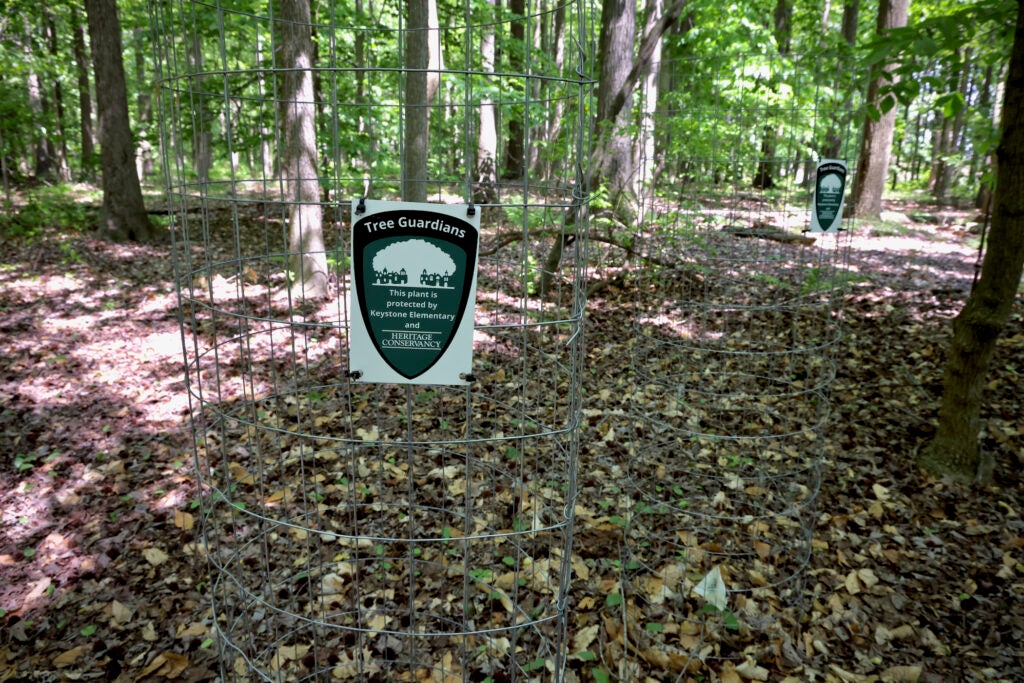
“The chemical signatures were different in the two plumes,” said Andrew Hass, a remedial project manager at the EPA. “The thought was there was maybe some illegal dumping going on.”
Without a responsible party, remediation fell to the EPA and Pennsylvania Department of Environmental Protection, paid by the federal Superfund established in 1980 by the Comprehensive Environmental Response, Compensation, and Liability Act (CERCLA).
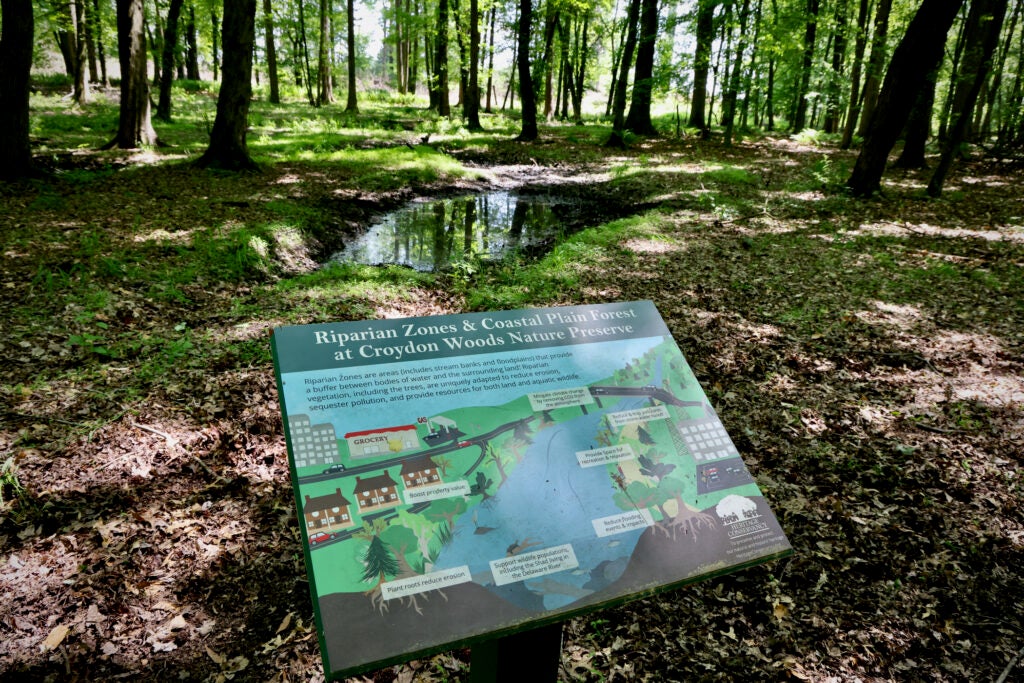
Hass said that in the 1980s, TCE contamination was more than 100 parts per billion. The goal now is to get TCE levels down to 5 parts per billion. After two major clean-up projects over the last 30 years — including pumping up the groundwater and treating it on the surface, and injecting a bio-stimulant into the earth to promote TCE-eating bacteria — it’s nearly there.
Hass held up his thumb and forefinger to show how close they are. He said some measurements show levels of just 5.2 parts per billion, but that last 0.2 ppb is the hardest. It could be decades before Croydon Woods is finally removed from the active Superfund list.

Despite the damage to the subsurface water, no danger exists for recreational use of the land because TCE is not present at the surface, according to the EPA. All homes that once used wells that drew from the polluted groundwater have been connected to the municipal water system since 1989.


